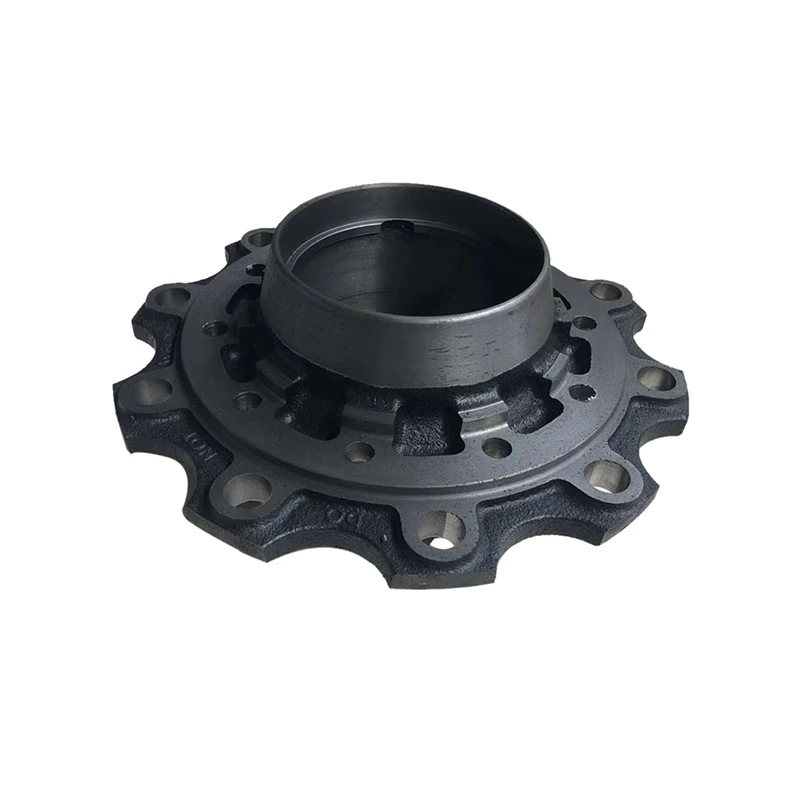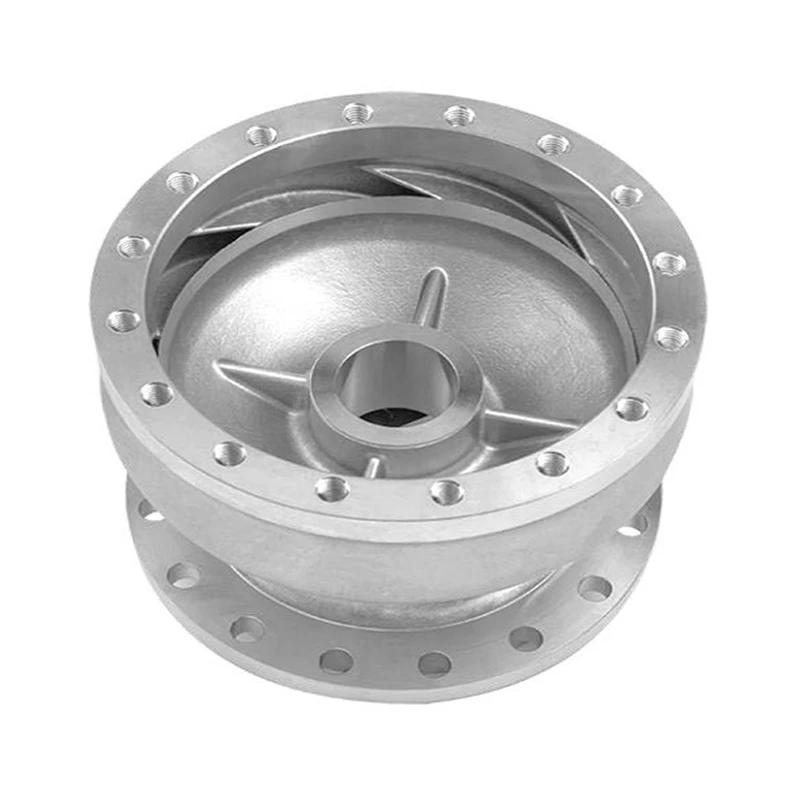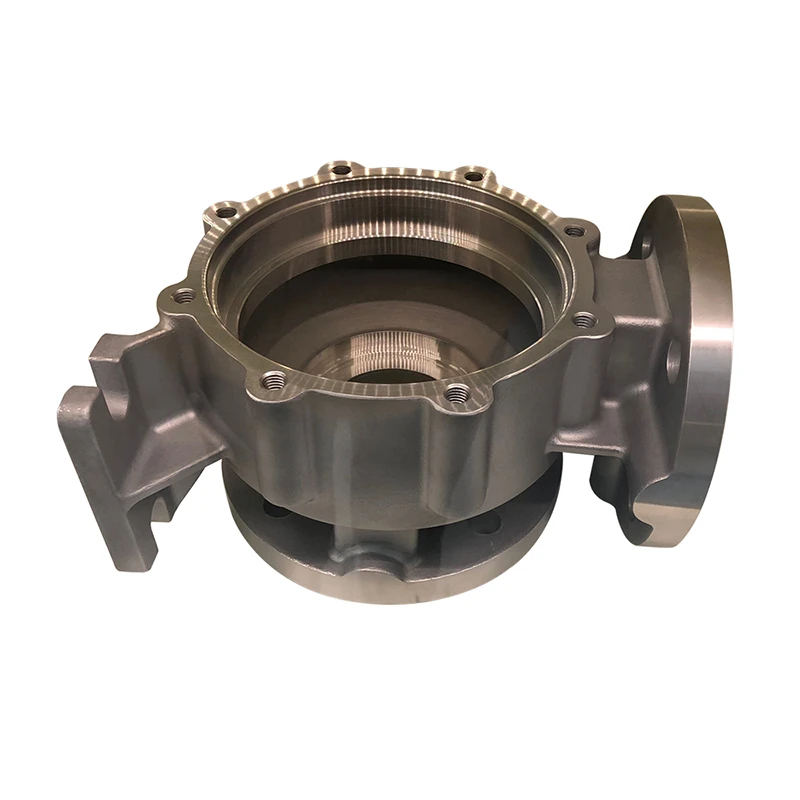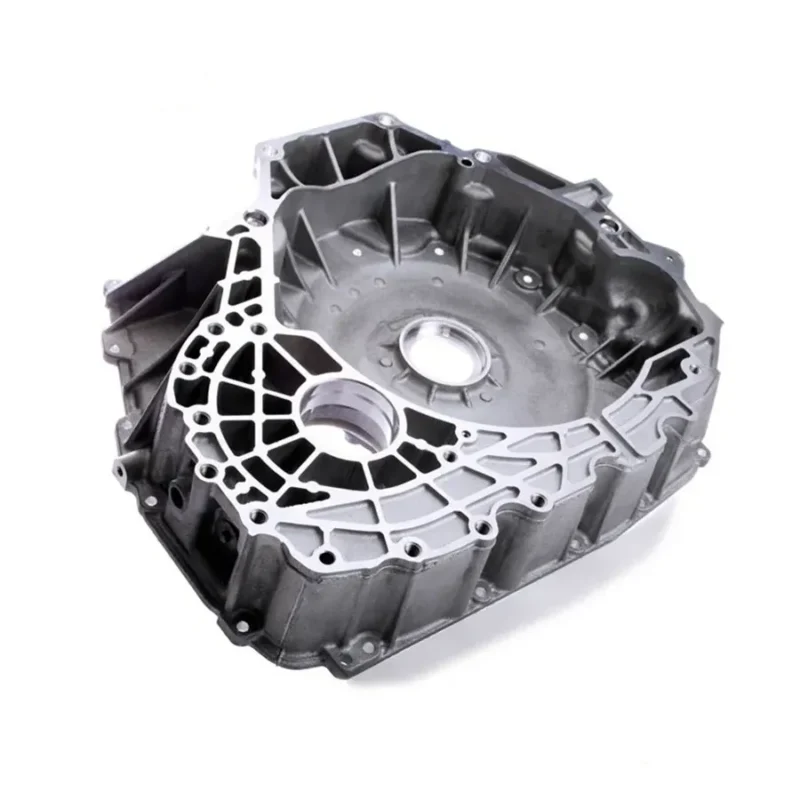Sand casting is a popular casting method used for producing metal components in a variety of industries, from automotive to aerospace. The process involves creating a mold made of sand, into which molten metal is poured to create the desired part shape. The sand is typically held together with a bonding agent, such as clay or resin, and the mold is made by packing the sand around a pattern or model of the desired shape.
The sand casting process offers many advantages, such as the ability to produce large and complex shapes at a relatively low cost, the capability to use a wide variety of metals and alloys, and the ability to incorporate intricate features and design details. Additionally, the sand used in the process is recyclable and environmentally friendly.
However, sand casting also has its limitations, such as the potential for surface defects or variations in dimensional accuracy. Despite these challenges, sand casting remains a popular and versatile method for producing metal components.









